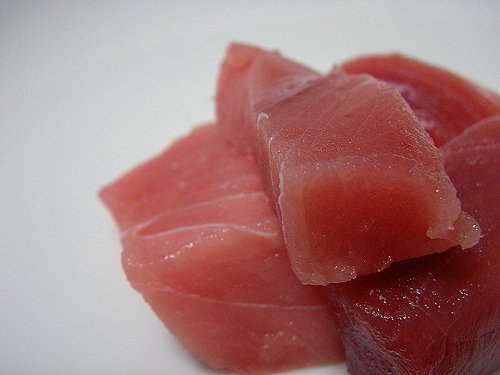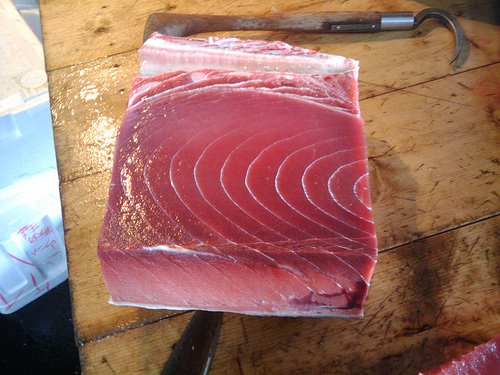Tuna is one of the most popular deep-sea fish because it’s tasty, meaty, and packed with omega-3 fatty acid. Commercially, tuna is available fresh or canned. Due to the delicate nature of fresh tuna, storing it will require certain steps. But can you freeze tuna? Yes, tuna can be frozen, fresh or cooked.
Whole fresh tuna, in particular, is usually sold frozen solid to maintain its freshness. As for canned tuna, it will keep well on its own no refrigeration necessary if it’s unopened. But for leftover tuna, as well as dishes made with tuna such as tuna salad or tuna casseroles, you have to prep it prior to freezing to reduce flavor or texture changes.

When kept in the fridge, tinned tuna and tuna salad will keep for 3 to 5 days. Although fresh tuna – or any seafood for that matter – should be consumed as soon as possible, it should be safe to eat in the fridge for 2 to 3 days. Never leave tuna sitting at room temperature for too long. If it’s left out for more than 2 hours at room temperature, it should be discarded. Generally, fatty fish like tuna will keep indefinitely in the freezer. But we recommend consuming the fish within 2 to 3 months for optimal flavor.
One important thing to consider when storing tuna is the storage condition. It should be ideal to extend the freshness of the fish. The freezing temperature should be kept at a constant 0°F. Below is a step by step guide on how can you freeze tuna properly:
How to Freeze Tuna?
If you are freezing tuna salad or leftovers, get several small resealable plastic bags. Divide the salad or leftovers into manageable portions so you don’t have to defrost the whole thing once you need it. Also, freezing tuna salad in small batches speeds up the freezing process so the salad stays fresher in the freezer for longer.
With a clean spoon, spoon the leftovers or salad into the bag, squeezing as much air as you can before sealing it. Get a marker, write the storage date then stick in the freezer. You can also use a rigid plastic container to pack the leftovers for freezing.

For unopened canned tuna, you have to transfer the product into a freezer-safe container to extend its shelf life. Cans aren’t suitable for freezing, the material is too rigid for freezing temperature. A rigid plastic container with an airtight lid is the best container for tinned tuna. Just pour the product into the container, cover with cling wrap or aluminum foil and then close the lid. Write the storage date then stick in the freezer.
There are two ways to prep fresh tuna for freezing. One is to pat the meat dry with paper towel. This ensures that water crystals will not change the texture and flavor of the fish. Then, wrap the tuna in cling wrap or aluminum foil and place the fish in a resealable plastic bag, the heavy-duty kind. Write the storage date with the marker and stick in the freezer.
The second method requires dipping the meat in a solution made with dissolved ascorbic acid crystals (about 1 tablespoon) or salt (about ¼ cup) and 1 quart of water. Once the tuna is dipped in the solution, wrap in cling wrap or aluminum foil, place in a plastic resealable bag then stick in the freezer.

How to Defrost and Reheat Frozen Tuna?
You can defrost frozen raw tuna by transferring the fish from the freezer to the fridge. Leave the fish to thaw overnight. For faster thawing, submerge a sealed plastic bag of frozen raw tuna in a bowl of tap water. It should be ready within a couple of hours. Once it’s thawed, you can use it in cooking.
As for tuna salad, tinned tuna or tuna leftovers, thaw it in the fridge for a few hours and then reheat in the microwave for a minute or two.
Summary
Tuna is easy to store in the freezer as long as you know the right techniques. Now that you know how can you freeze tuna, you’ll never run out of your favorite seafood ever again!